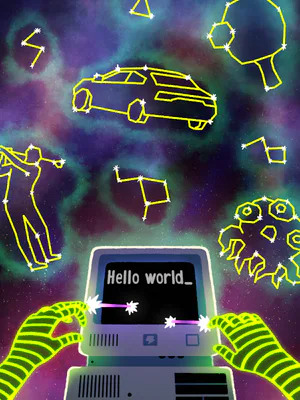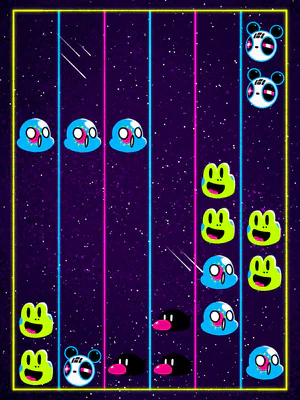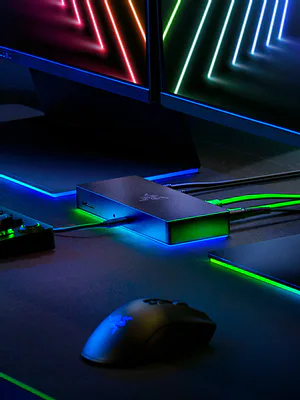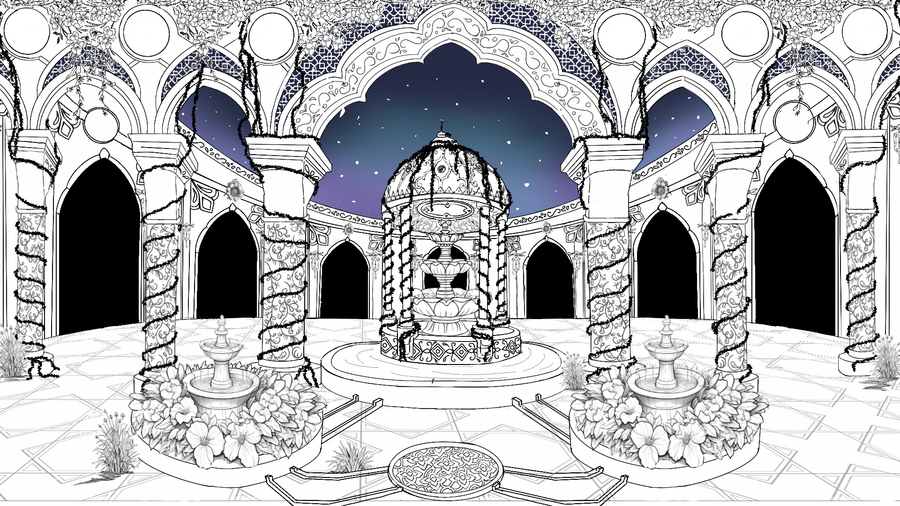Cloud gaming has quickly emerged as a game-changer, reshaping how we play, develop, and distribute games. With platforms like Xbox Cloud Gaming, GeForce Now, and Google Stadia, the traditional console and PC hardware model is being challenged. But what does this mean for game developers?
For one, cloud gaming removes hardware limitations. Developers no longer need to optimize games for specific consoles or lower-end PCs. Instead, they can push graphics and gameplay further, relying on powerful cloud servers to do the heavy lifting. This shift allows for a more seamless experience across devices, from smartphones to TVs, making high-quality gaming accessible to more players.
Another big change is in distribution. Traditional boxed games and even digital downloads may become less relevant as cloud gaming offers instant access. Developers can release games worldwide without worrying about storage or region-based restrictions. Updates and patches also become simpler, as they are handled on the cloud, reducing the friction for both players and developers.
However, there are challenges. Cloud infrastructure is still evolving, and stable internet connections are essential for a smooth experience. Developers also need to consider input latency and how that might impact competitive or fast-paced games.
While we’re still in the early stages of cloud gaming, its rise is undeniably influencing how games are made and shared. As the technology improves, we could see more innovation and creative freedom in game development, along with a global shift in how players access their favorite titles.
What do you think—are we heading towards an all-cloud future?
Note: AI assistance taken while composing this discussion.



















2 comments